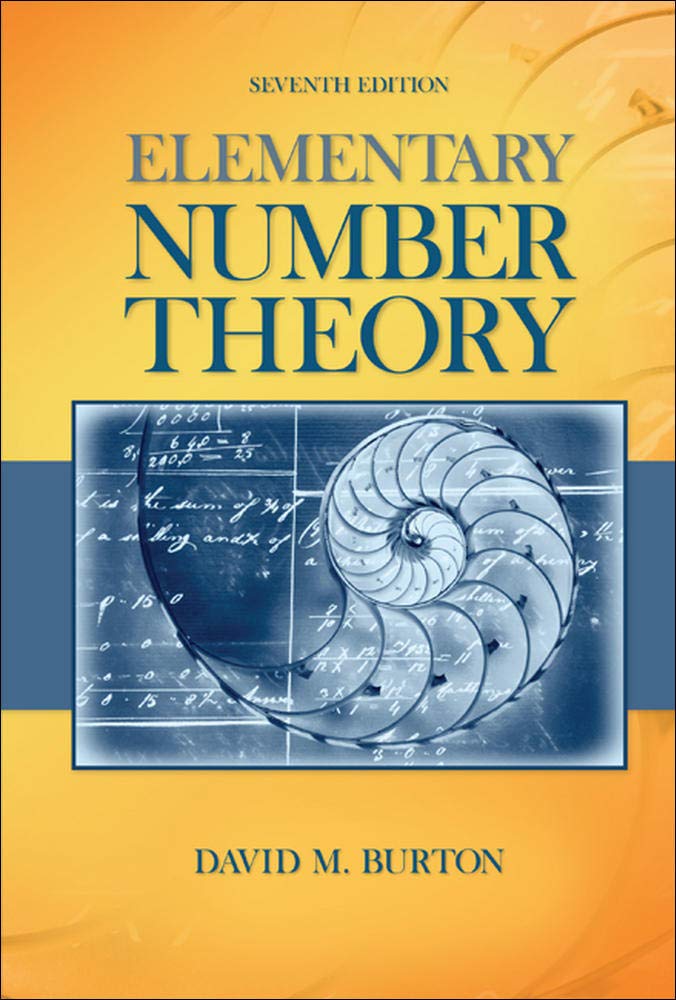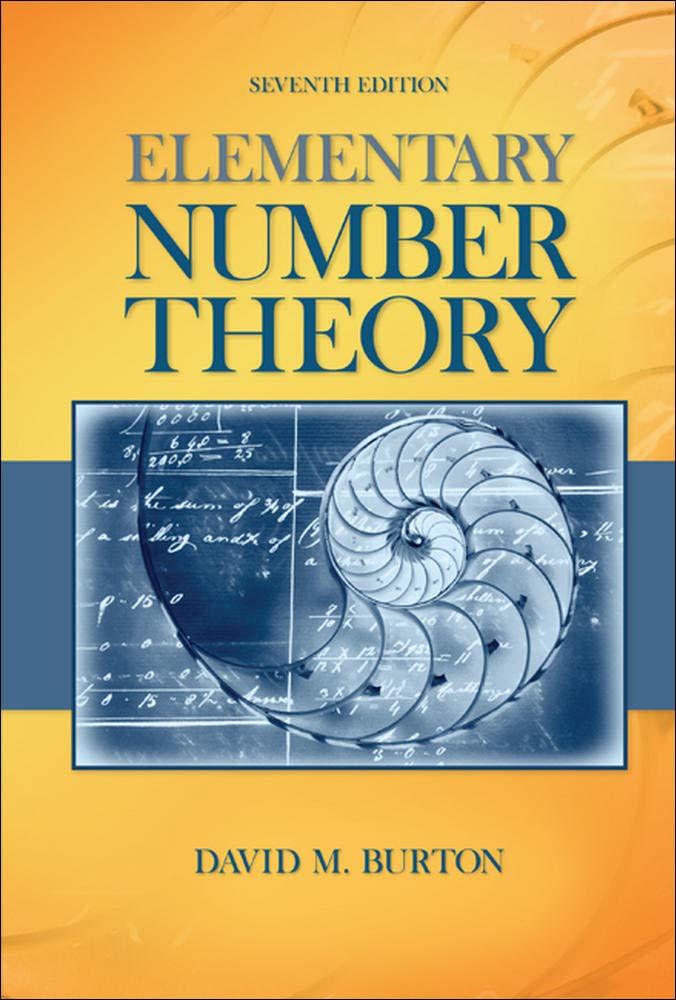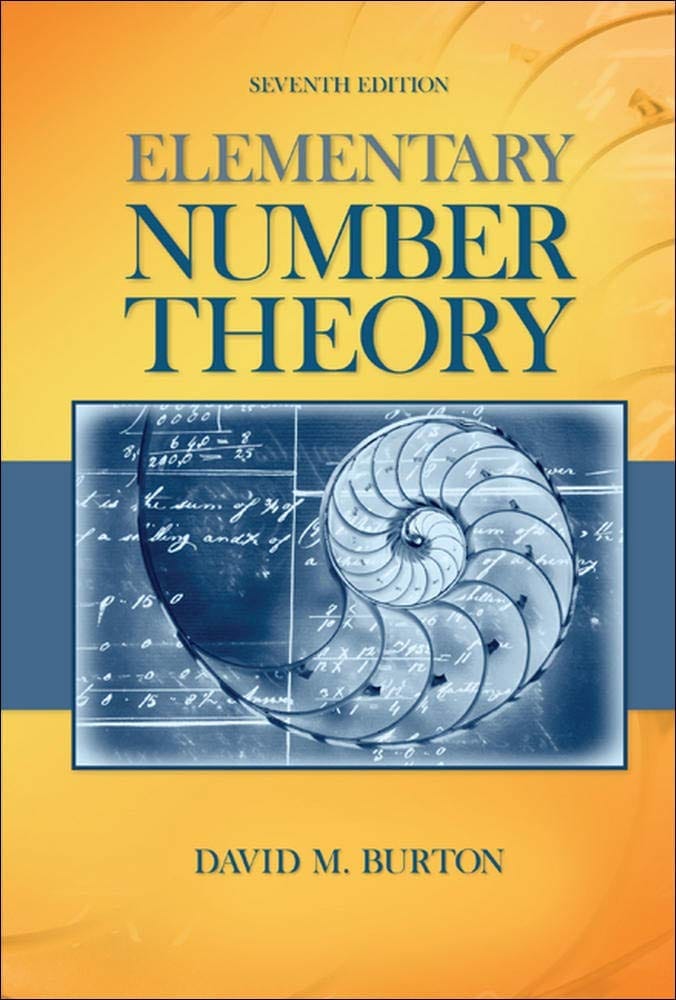
Elementary Number Theory Problems 3.2 Solution (David M. Burton's 7th Edition) - Q3
My Solution for "Given that $p \not \mid n$ for all primes $p \leq \sqrt[3]{n}$, show that $n \gt 1$ is either a prime or the product of two primes. "
Table of Contents
This is my solution for Chapter 3.2 Q3 in the book Elementary Number Theory 7th Edition written by David M. Burton.
Background
All theorems, corollaries, and definitions listed in the book's order:

I will only use theorems or facts that are proved before this chapter. So you will not see that I quote theorems or facts from the later chapters.
Question
Given that $p \not \mid n$ for all primes $p \leq \sqrt[3]{n}$, show that $n \gt 1$ is either a prime or the product of two primes.
[Hint: Assume to the contrary that $n$ contains at least three prime factors.]
Solution
Assume to the contrary that $n$ contains at least three prime factors. We can write $n = p_{1}p_{2}p_{3}d$ where $p_{1}, p_{2}$, and $p_{3}$ are all primes and $d \geq 1$.
We know $p \not \mid n$ for all primes $p \leq \sqrt[3]{n}$, and we know $p_{1}, p_{2}$, and $p_{3}$ can all divide $n$. So, $p_{1}, p_{2}$, and $p_{3}$ are all $\gt \sqrt[3]{n}$. So, $p_{1}p_{2}p_{3} \gt n$. Then $nd \lt p_{1}p_{2}p_{3}d = n$. This means $nd \lt n$, which is a contradiction.
Read More: All My Solutions for This Book
Related Pages
Ranblog Newsletter
Join the newsletter to receive the latest updates in your inbox.


